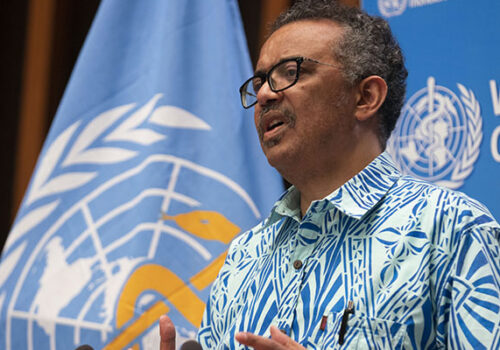A new study has revealed that the second dose of the Pfizer-BioNTech COVID-19 vaccine triggers massive immune response against the virus.
Researchers at the Stanford University School of Medicine, US, have investigated the effect of the second Pfizer-BioNTech COVID-19 vaccine dose in the human body. The study, published in Nature, was designed to find out exactly what effects the vaccine has on the numerous components of the immune response.
Bali Pulendran, PhD, professor of pathology and of microbiology and immunology and his colleagues counted antibodies, measured levels of immune-signaling proteins and characterized the expression of every single gene in the genome of 242,479 separate immune cells’ type and status, describes Bruce Goldman at Stanford Medicine in a news release.
Powerful beneficial effects
The team selected 56 healthy volunteers and drew blood samples from them at multiple time points preceding and following the first and second shots.
“The second shot has powerful beneficial effects that far exceed those of the first shot,” Pulendran said. “It stimulated a manifold increase in antibody levels, a terrific T-cell response that was absent after the first shot alone, and a strikingly enhanced innate immune response.”
Read the article in Nature here.
A special group of monocytes
Interestingly, the second shot caused the massive mobilization of a newly discovered group of first-responder cells that are normally scarce and quiescent. These cells — a small subset of generally abundant cells called monocytes that express high levels of antiviral genes — barely budge in response to an actual COVID-19 infection. But the Pfizer vaccine induced them, describes Bruce Goldman/Stanford Medicine.
“It’s possible that these cells may be able to mount a holding action against not only SARS-CoV-2 but against other viruses as well.”
This special group of monocytes, which are part of the innate museum, constituted only 0.01% of all circulating blood cells prior to vaccination. But after the second Pfizer-vaccine shot, their numbers expanded 100-fold to account for a full 1% of all blood cells. In addition, their disposition became less inflammatory but more intensely antiviral. They seem uniquely capable of providing broad protection against diverse viral infections, describes Pulendran.
“The extraordinary increase in the frequency of these cells, just a day following booster immunization, is surprising,” Pulendran said. “It’s possible that these cells may be able to mount a holding action against not only SARS-CoV-2 but against other viruses as well.”
Photo: BioNTech







